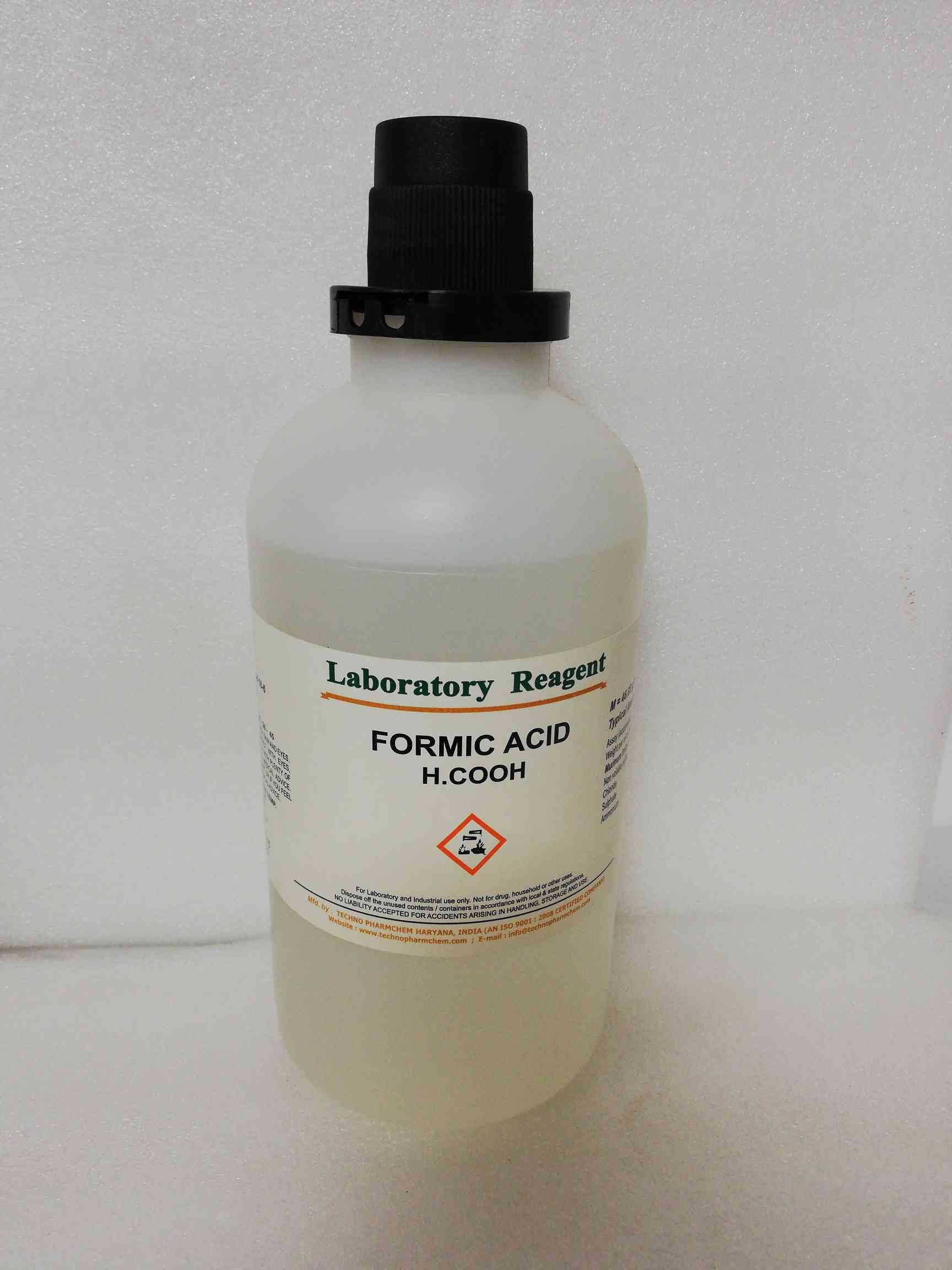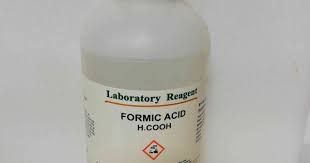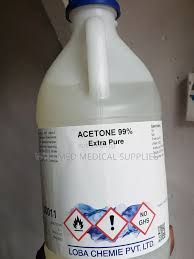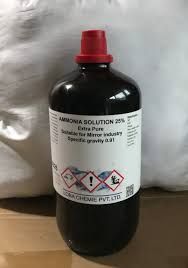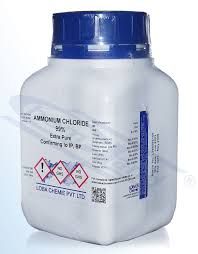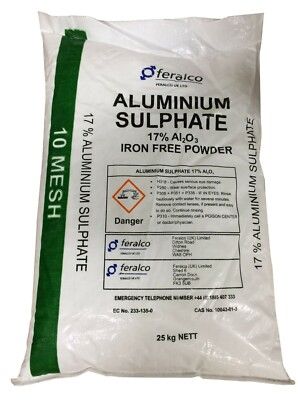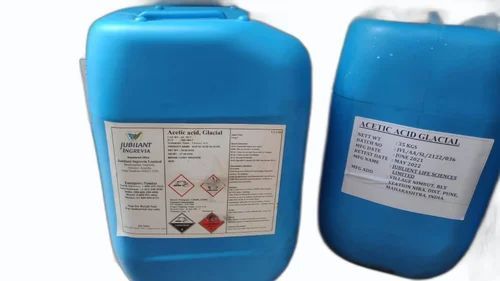Formic Acid is a clear, colourless liquid with a pungent, penetrating odour. It is the simplest carboxylic acid, widely used in chemical, pharmaceutical, leather, textile, and agricultural industries due to its strong acidity and versatile reactivity.
Chemical Details:
- Chemical Name: Formic Acid
- Chemical Formula: HCOOH
- Molecular Weight: 46.03 g/mol
- Purity: Typically available in 85%, 90%, and 98-99% concentrations, depending on application
- Appearance: Clear, colourless liquid
- Odour: Pungent, sharp, characteristic odour
- Density: ~1.22 g/cm³ (for concentrated solution)
- Boiling Point: 100.8°C
- Solubility: Completely miscible with water, alcohol, and ether
Key Features:
- Strong organic acid with excellent acidity and reactivity
- Effective preservative and antibacterial agent
- Highly miscible for easy formulation in various processes
- Stable under recommended storage conditions
Applications:
- Leather industry: Used in tanning, dyeing, and pH adjustment during processing
- Textile industry: As a mordant and for dye fixation
- Agriculture: Preservative and antibacterial agent in silage and animal feed
- Chemical manufacturing: As a reagent, intermediate, and reducing agent
- Laboratory use: For analytical procedures and sample preparation
- Rubber industry: Coagulating agent in latex processing
Benefits:
- Provides strong acidity for industrial and laboratory reactions
- Acts as an effective preservative and antibacterial agent
- Versatile use across multiple industries
- Ensures consistent and reliable performance in formulations and processes
How to Use:
- Use directly or dilute as per application requirements and standard operating procedures (SOPs).
- Measure carefully, observing all safety precautions during handling.
Safety Precautions:
- Corrosive and toxic if ingested or inhaled; causes severe skin burns and eye damage.
- Use personal protective equipment (PPE) including gloves, goggles, and protective clothing.
- Ensure use in well-ventilated areas or under fume hoods to avoid inhalation of vapours.
- Store in tightly closed containers in a cool, dry, well-ventilated place, away from strong oxidizing agents and bases.
You may also like
